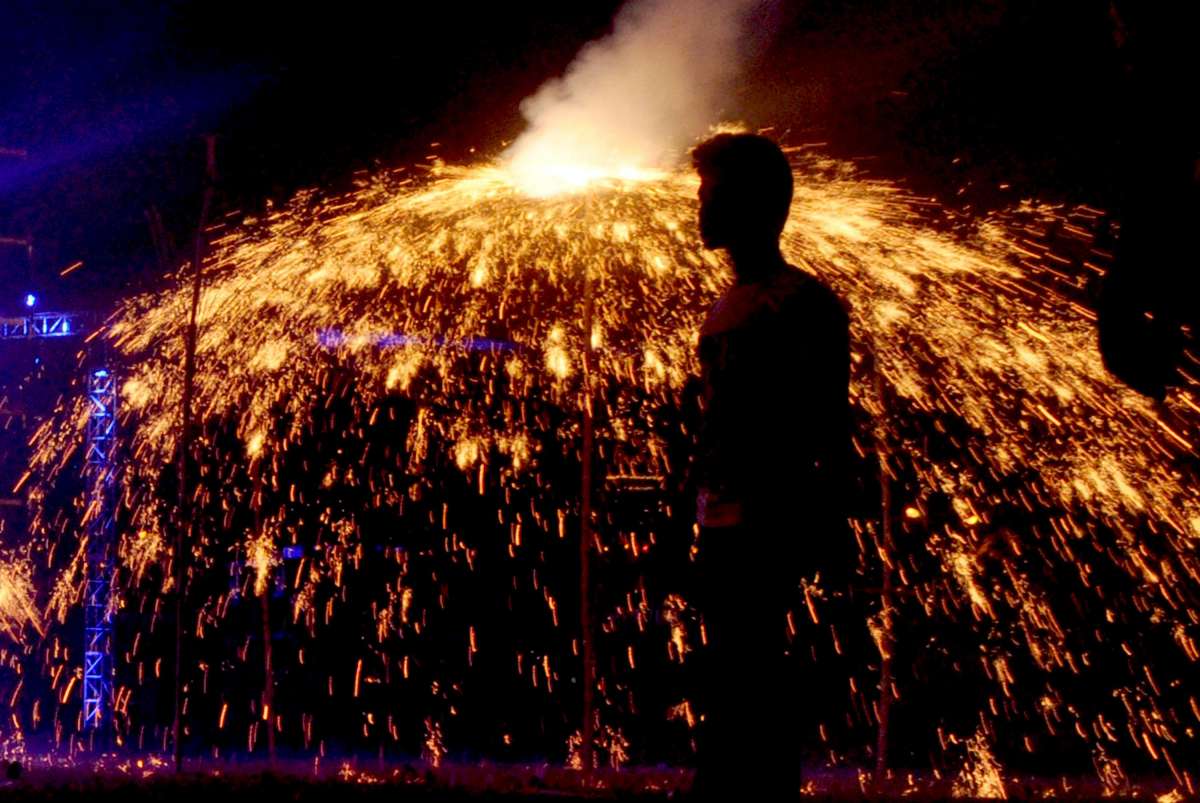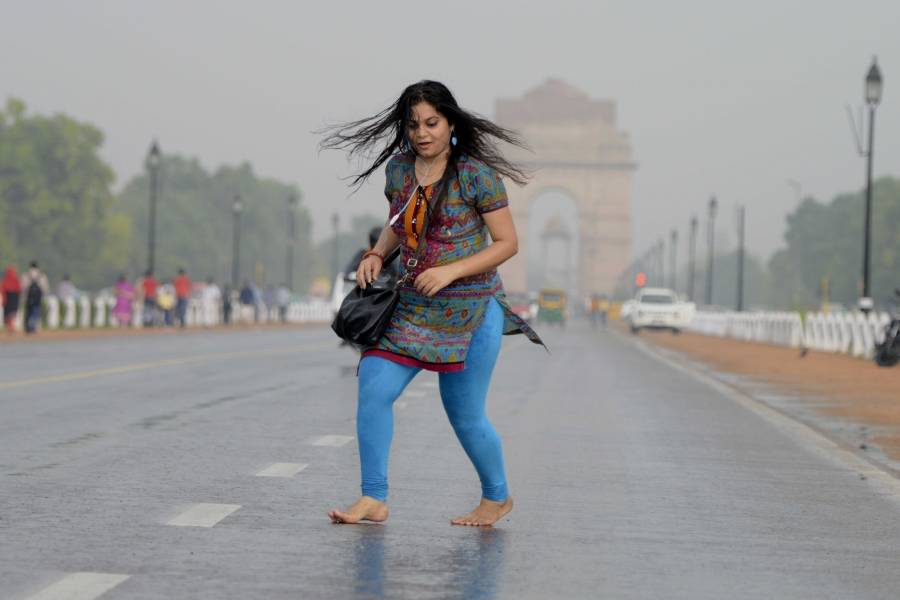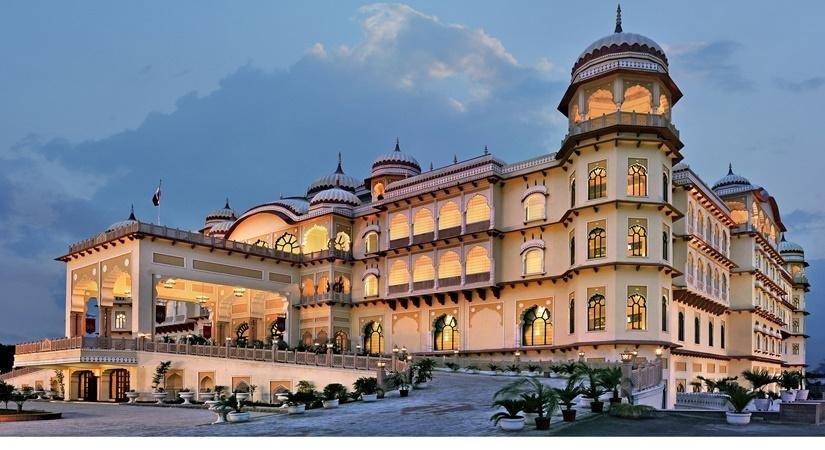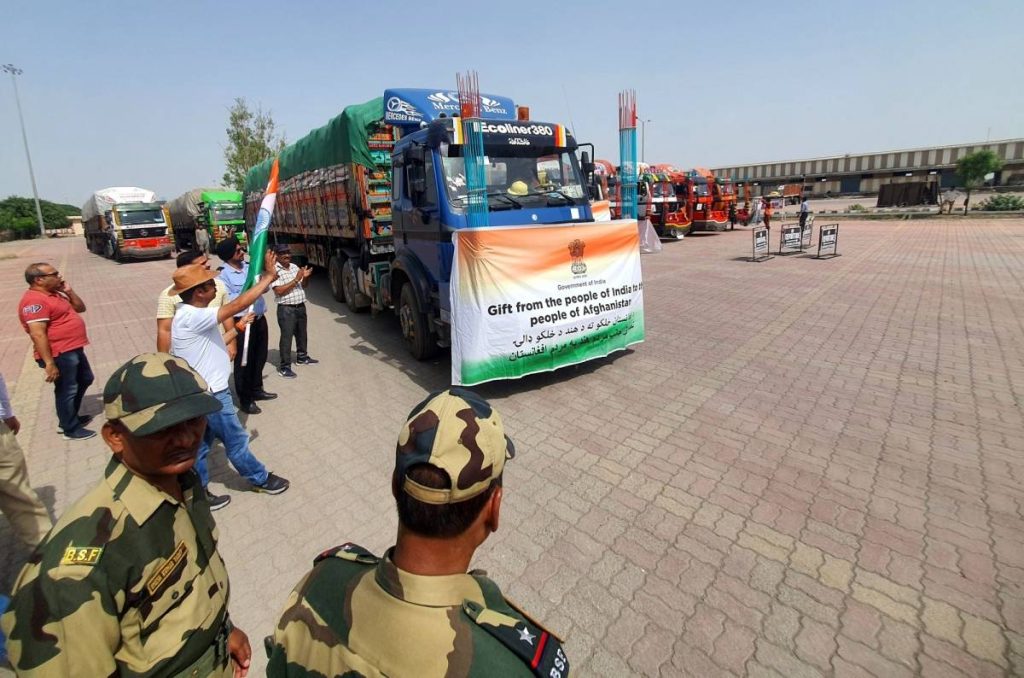The Delhi Police has set up 210 teams under assistant commissioners of police, while the Revenue Department has constituted 165 teams and the Delhi Pollution Control Committee 33…reports Asian Lite News
People bursting firecrackers on Diwali in Delhi will face a jail term of up to six months and a fine of Rs 200, Environment Minister Gopal Rai in the Kejriwal government said today.
“The purchase and bursting of firecrackers in Delhi will be punishable with a fine of Rs 200 and six months in jail under the Indian Penal Code (IPC). Manufacturing, storing, firecrackers in is Delhi punishable with fine up to Rs 5,000 and three years in jail,” Gopal Rai said at a press conference.
To ensure the ban on firecrackers is maintained so that the air quality doesn’t get worse during the festival and the winter season, the Delhi government has sent up a total of 408 teams to implement the ban in Delhi.
The Delhi Police has set up 210 teams under assistant commissioners of police, while the Revenue Department has constituted 165 teams and the Delhi Pollution Control Committee 33.
The minister said 188 cases of violations have been detected and 2,917 kg firecrackers seized till October 16. The air quality in Delhi and neighbouring areas start worsening in October due to unfavourable meteorological factors such as low temperatures and wind speed, which do not allow dispersion of pollutants.
A cocktail of emissions from firecrackers and stubble burning in neighbouring states further dent the air quality. “Pollution levels rise around Diwali every year. The major reason is the bursting of firecrackers. Emissions from firecrackers are extremely dangerous especially for kids, women and the elderly.
“Therefore, the Delhi government has imposed a complete ban on the production, sale and use of all types of firecrackers this year too. The ban covers online delivery of firecrackers,” the minister said.
Mr Rai urged Union Environment Minister Bhupender Yadav to ensure the ban on firecrackers is strictly implemented in the entire NCR “as the smoke from firecrackers burst in the region impacts the people in Delhi also”.
Besides Delhi, Haryana had also imposed a ban on the sale and use of all kinds of firecrackers in 14 of its districts in the National Capital Region last year, while Uttar Pradesh had allowed the use of green crackers on Diwali just for two hours in areas with moderate or better air quality.
However, despite the restrictions, people burst firecrackers till late night in Delhi, Noida, Faridabad and Gurugram.
ALSO READ-Top Court Bans Firecracker in Delhi-NCR this Diwali
























